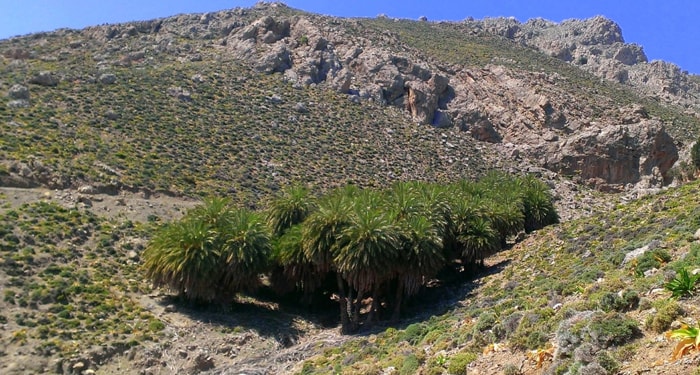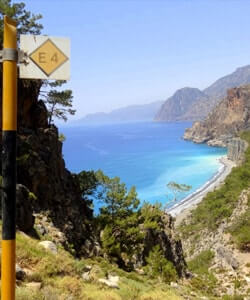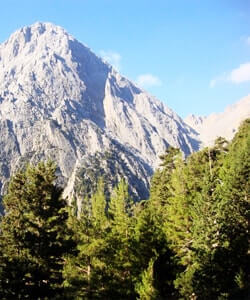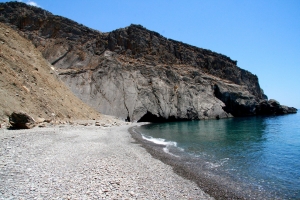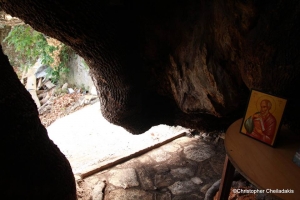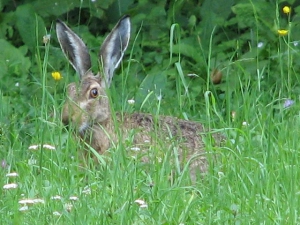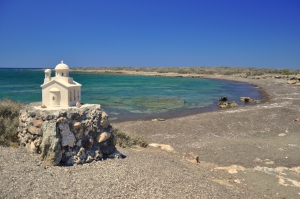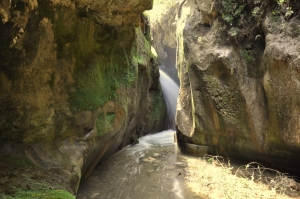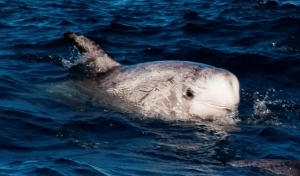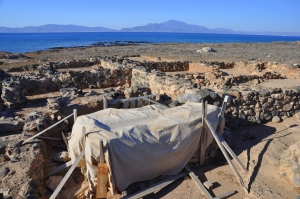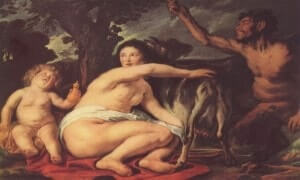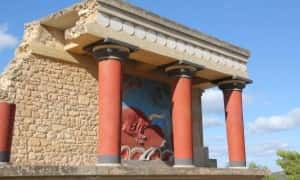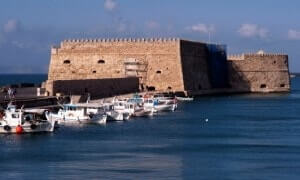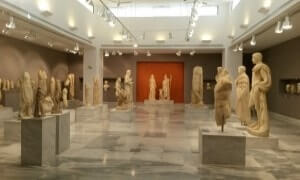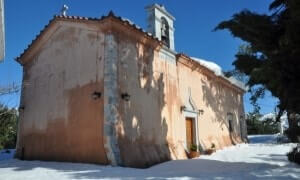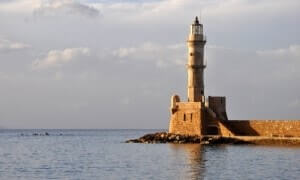Leprias or Lepries is a small pebbly beach located at Kalokambos area, about 73km south of Heraklion city, amidst the wild and majestic landscape of Asterousia Range, southwest of the summit of Kofinas. The beach is formed in front of a steep dirt slope, which crumbles and collapses like the leper's skin, therefore it is called Leprias, after the Greek word for leper.
At the picturesque village Keramota in province Mylopotamos we meet one of the several monumental trees of Crete. This is the perennial plane tree at the eastern end of the village. The tree in Keramota belongs to the species of Platanus orientalis and its age is estimated at about 2000 years. It is the oldest tree in province Mylopotamos and although it is located on the main road, almost everyone ignores its existence as it is located a few meters further down the road, thus the drivers see the upper part of it.
Hare (scient. Lepus europaeus) is one of the most widespread mammals throughout Europe, which also exists in large numbers throughout the island of Crete. It's a herbivorous mammal whose length can reach 55 centimeters and whose weight is approximately 2-3 kilos. Its color is hazelnut-grey to grey brown. It has long ears, its hind legs are longer than the front ones and its pads are covered with a thick coat leaving a characteristic trace on the snow.
Approximately 500m west of the main harbor Chrissi island, approximately in the middle of the southern side of the island, a dirt road leads us to the beautiful Vlychadia beach. The beach has black and red chalk that comes from red lava, while the bottom is mainly rocky.
High above the village of Agios Ioannis at province Sfakia, at an altitude of 1200 meters, we meet the small but impressive plateau Krousia. It can can be reached either by following the road starting from Agios Ioannis and terminates at the entrance of the plateau, or hiking one hour in the fairly steep path that starts from the village and climb the ravine Porolagos. The plateau is located at the south root of the peek Zaranokefala.
East of the village Korfes, River Gazanos that transfers water from Psiloritis Range to Ammoudara bay, meets the hard limestone of the area. At this position it forms a small beautiful waterfall that locals call Xepatomenos. Access to its base in winter is impossible without getting wet. A few meters after the fall, the light colored clay rocks create a unique landscape, called Kolimbithres.
Risso’s dolphin (scient. Grampus griseus) is a species of dolphin that lives in all oceans of the world. This species has relatively small populations in all the Greek seas, with the seas of Crete being among them (mainly sea north of Crete).
An important settlement of the Minoan and Roman period has been found in the island Chrysea of ancient Greeks, the present island of Chrissi or Gaidouronisi. Buildings and at least three carved tombs have been identified near the church of Agios Nikolaos and the lighthouse on the island. The settlement was probably used for the production of Tyrian purple from the shells of Murex brandaris, exactly like the neighboring isle of Koufonissi.





